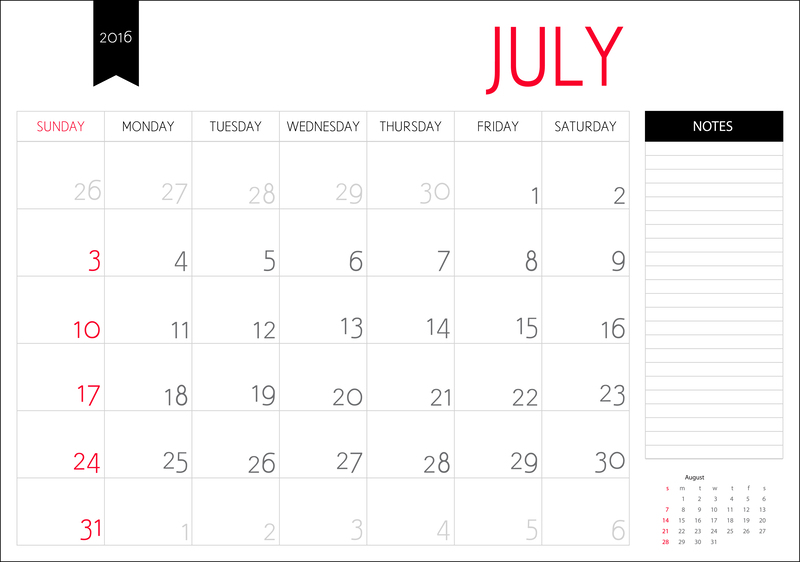The Ultimate Checklist for Moving Your Bed and Mattress
Relocating comes with a myriad of challenges--especially when it's time to move your bed and mattress. Whether you're shifting across town or embarking on a cross-country adventure, knowing how to safely transport your sleeping setup is essential for a smooth transition. A bed and mattress are significant investments in both your comfort and health, so it's crucial to treat the process with the care it deserves. This comprehensive checklist for moving your bed and mattress will ensure you safeguard your essentials, save time, and settle into your new home with ease.

Why a Bed and Mattress Moving Checklist Matters
Did you know that improper handling during a move is one of the primary causes of mattress damage and bed frame breakage? Beyond the physical burden, moving your sleeping equipment poorly can result in lost hardware, torn upholstery, or even injuries. With a structured, step-by-step guide, you minimize risks and ensure every component arrives undamaged.
- Preserves mattress quality and cleanliness
- Prevents damage to bed frames and headboards
- Simplifies disassembly and reassembly
- Avoids common moving mistakes
Step 1: Prepare Ahead for Bed and Mattress Moving
Proper planning is the foundation of a successful move. The weeks leading up to relocation should be spent organizing supplies, cleaning bedding, and strategizing logistics. Here's how:
Gather Essential Packing Supplies
- Mattress bag or cover (for protection against dirt and moisture)
- Moving blankets and stretch wrap
- Basic toolkit (screwdriver, Allen wrench, hammer)
- Plastic bags and labels (for hardware storage)
- Furniture sliders and a hand truck or dolly
- Strong packing tape and zip ties
- Protective gloves
Tip: Invest in a high-quality mattress cover to keep your mattress safe during transport.
Clear the Pathways
Before moving day, inspect the route from your bedroom to the moving truck. Remove obstacles, rugs, or decor that could trip you up. Make sure doorways are wide enough to accommodate both your mattress and all bed frame parts.
Step 2: Disassembling Your Bed Frame Like a Pro
Most bed frames (from basic metal to ornate wooden and upholstered models) must be dismantled to move safely and fit through doorways. Disassembling your bed properly ensures no parts get lost or damaged.
How to Disassemble a Bed Frame
- Remove bedding and accessories: Strip the mattress of all sheets, blankets, and pillows. Launder and pack them separately.
- Take off the mattress: Place your mattress in its designated bag or cover for protection.
- Detach the headboard and footboard: Using the appropriate tool, unscrew or unbolt these pieces, being careful not to strip screws.
- Disassemble slats or box springs: If your bed has wooden slats, remove them and bundle together. With box springs, wrap separately in blankets or covers.
- Keep track of hardware: Place all nuts, bolts, and connectors in labeled plastic bags. Attach the bags to the frame pieces with tape or zip ties.
- Label all components: It's wise to use painter's tape and a marker to label bed frame parts for easy reassembly in your new home.
Expert Tip: Take photos during each stage of disassembly. These will help guide you when reassembling your bed and mattress setup.
Step 3: Packing and Protecting Your Mattress
Your mattress can easily pick up stains, tears, or pests if not properly protected. Here's how to guard your investment for the journey ahead:
Choose the Right Mattress Protection
- Mattress bag: Sealed plastic protects against moisture, bugs, and dirt.
- Mattress box: For long-distance or moving companies, a cardboard box offers extra structural support.
- Moving blankets: For added padding or wrapping odd-shaped mattresses, moving blankets can help minimize tears and scrapes.
Proper Mattress Handling Techniques
- Never bend or fold memory foam or hybrid mattresses: This can permanently damage the structure. Always keep mattresses upright when moving.
- Use two or more people to lift: Mattresses are awkward and heavy, and maneuvering them yourself can lead to injury or wall damage.
- Use straps or tie-downs in the moving truck: Secure your mattress to prevent it from shifting or getting crushed by other furniture.
Don't forget to clean and air out your mattress before covering it for the move--this helps keep it fresh during storage or transit.
Step 4: Moving Your Bed and Mattress Safely
Moving day is here! Whether you're doing it yourself or using professional movers, make sure safety and efficiency are the top priorities for your bed and mattress relocation. Here's what to know:
Strategize Your Loading Sequence
- Clear the pathway from bedroom to truck
- Move large items (like headboards or frames) first, followed by the mattress
- Upright mattresses maximize truck space and minimize pressure points
- Ensure bed parts are not stacked under heavy furniture
Protect Your Mattress and Bed Frame During the Move
- Use moving blankets or padding where pieces might rub together
- Avoid resting mattresses directly on the ground where they may soak up moisture
- If using a moving service, confirm they'll handle your mattress with care
Moving Without a Truck?
If you're transporting your mattress in a personal vehicle, be cautious. Roof transport is risky (and may be illegal in some states). If moving with a pickup, secure the mattress flat and use straps. Avoid compressing or folding.
Step 5: Unloading and Setting Up in Your New Home
Arrival at your new residence means it's time to reverse the moving process! Care and organization here will ensure a good night's sleep from day one.
How to Unload Your Bed and Mattress Safely
- Clean your bedroom floors and surfaces before bringing in the mattress.
- Carry the mattress upright and place it directly on a clean surface.
- Wipe down bed frame parts if dusty or dirty before unpacking and assembly.
- Inspect your mattress and frame for damage post-move.
Reassembling the Bed Frame and Positioning the Mattress
- Refer to photos and labeled parts from the disassembly process.
- Start by reconstructing the frame base and verifying all connectors are tightly screwed in.
- Add on headboard, footboard, slats, and finally, the mattress.
- Give your mattress a few hours to decompress and air out if it was wrapped tightly.
Step 6: Special Tips for Moving Different Types of Beds and Mattresses
King, Queen, and California King Beds
- Breakdown into as many components as you can--these beds are especially heavy and cumbersome.
- Consider removing slat bases or split box springs for easier handling.
- Use a dolly for transporting wide mattresses.
Memory Foam and Hybrid Mattresses
- Never bend; always keep upright to avoid internal damage.
- Double-wrap for extra protection against rips or moisture.
Bunk Beds
- Disassemble bunk beds fully to avoid wobbling or hardware loss.
- Take note of orientation and hardware positions, which can be complex for stacked beds.
Sofa Beds and Futons
- Remove the mattress insert and pack separately from the sofa structure.
- Secure folding mechanisms to avoid sudden movement during transport.
Step 7: Cleaning and Maintaining Your Mattress Post-Move
You've made it to your new home--now's the time to freshen up your mattress and bed frame for a restful sleep environment:
- Vacuum the mattress to remove dust picked up en route
- Sprinkle with baking soda and let air out to eliminate odors
- Check for any damage or sagging; address issues promptly
- Wipe down frames and ensure all bolts/hardware are tight
- Rotate or flip your mattress, if applicable, for even wear

Frequently Asked Questions About Moving Beds and Mattresses
How do I move a mattress without a truck?
Rent a van or use a pickup instead of struggling with a car. If you must use a car, avoid roof transport. If necessary, hire a furniture delivery or moving service specialized in large items.
Can I fold my mattress for easier moving?
No. While some foam mattresses can briefly endure gentle bending, doing so is risky and can void warranties. Innerspring and hybrid mattresses must always remain flat and upright.
Is it worth hiring professional movers for my bed and mattress?
If your bed or mattress is exceptionally valuable or large, or you're unable to safely move it yourself, hiring professionals with experience in moving bedroom furniture can save hassle and protect your investment.
Your Bed and Mattress Move: Final Thoughts
Moving your bed and mattress is a major part of any relocation, but with this ultimate moving checklist, you can rest assured that your sleep setup will arrive undamaged and ready to use. By preparing ahead, following best practices, and treating each component with care, your new chapter will begin with comfort and peace of mind.
- Plan ahead, gather packing materials, and clean your mattress pre-move.
- Label and store hardware securely for easy reassembly.
- Never bend or mishandle your mattress--keep it protected at all times.
- Reassemble using your notes/photos for a perfect setup in your new home.
Remember: The key to moving your bed and mattress safely is preparation, patience, and proper protection. With this all-in-one guide, you'll be sleeping soundly in your new home in no time!



